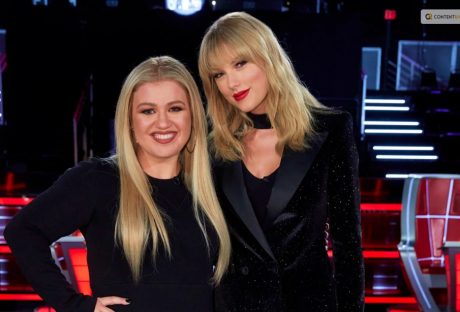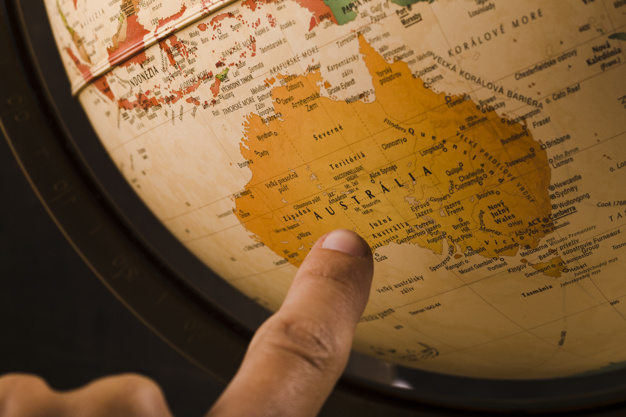Taylor Swift successfully fends off the challenge Oasis and BTS’ Jung Kook posed to her album re-release. She is holding on to the UK chart for a second week with 1989 (Taylor’s Version).
Being the fourth in Swift’s re-recording projects, 1989 Taylor’s Version is squeezing past The Masterplan of Oasis. It is enjoying a new chart life because of its 25th anniversary. Released originally in 1998, The Masterplan brings together b-sides from the Britpop Era. Its first three albums Definitely Maybe (1994), (What’s The Story) Morning Glory? (1995) and Be Here Now (1997). These were led-off by “Acquiesce” which is a fan favorite.
By the middle of the week, The Masterplan makes it into the chart at No. 2 which is also the original peak position after its release in 1998. It is a bestseller at the UK’s latest chart cycle.
The freshest of the lot is the is Jungkook’s Golden from BigHit Entertainment. It completes the podium at No. 3. It has become the highest-standing album from a member of BTS with the best position for a solo Korean artist. The news has been confirmed by the Official Charts Company. Another track from the album, “Standing Next To You” comes in at No. 6 on the national singles chart. This becomes his fourth U.K. top 10 for the year.
English pop artist Cliff Richard brings in his 48th U.K. top 10 album with Cliff With Strings- My Kinda Life (EastWest/Rhino). It stands at No. 5. While Johnny Marr’s Spirit Power: The Best Of Johnny Marr (BMG) that debuts at No. 7. This also marks the 5th U.K. solo top 10 appearance of the ex-Smiths guitarist.
The U.K. Singles Chart rings in Beatlemania once more with Now And Then (Apple Corps) which is powered to No.1. Fans of Fab Four are feeling the rush of nostalgia. The 2000 career retrospective 1 makes a come back to the top 40 at No. 21.Gregory Porter (Christmas Wish) ranks at No.14 via Decca, Caroline Polachek (Desire I Want To Turn Into You at No. 23 via Perpetual Novice) and Van Morrison (Accentuate The Positive at No. 39 via Exile) debut at top 40 for the first time.
Learn More About:






















